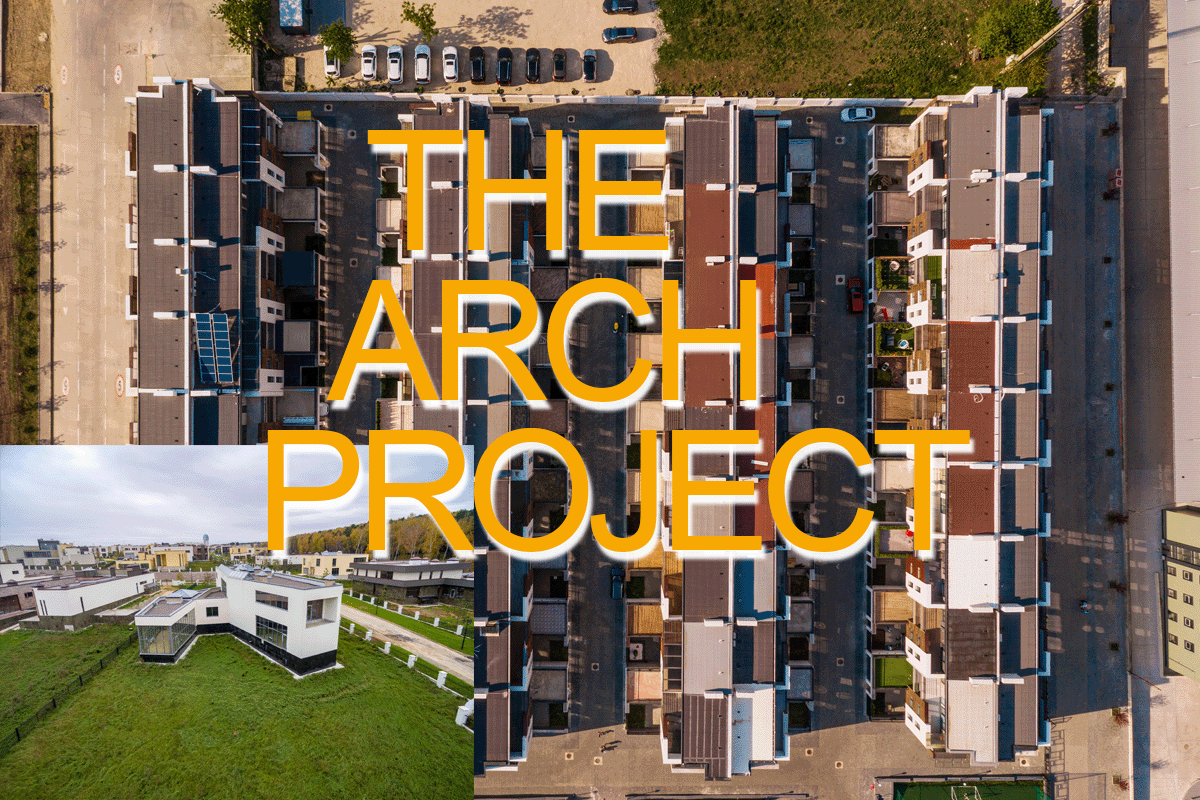Choosing the right neighborhood is a pivotal aspect of the home-buying process. It’s not just about the property; it’s about finding a community that aligns with your lifestyle, preferences, and future goals. In this guide, we’ll talk about the intricacies of selecting the perfect neighborhood for your new home.
1. Understanding Your Needs and Preferences
Start by introspecting your needs and preferences. What amenities are essential? Do you prefer a bustling urban setting or a serene suburban environment? Answering these questions lays the foundation for your neighborhood search.
2. Assessing Safety and Security
Prioritize safety. Research crime rates, talk to local law enforcement, and explore community forums for insights. A safe neighborhood contributes significantly to your peace of mind.
3. Proximity to Work and Commute
Consider the distance from your potential home to your workplace. A shorter commute enhances your work-life balance and minimizes stress. Evaluate public transportation options as well.
4. School Quality and Educational Facilities
For families, school quality is paramount. Research local schools, visit campuses, and check their ratings. Proximity to educational facilities is crucial for a thriving community.
5. Healthcare Accessibility
Access to healthcare is vital. Evaluate the proximity of hospitals, clinics, and pharmacies. A neighborhood with reliable healthcare facilities is an asset.
6. Recreational and Cultural Amenities
A vibrant neighborhood offers recreational and cultural activities. Parks, theaters, and community centers contribute to a well-rounded lifestyle.
7. Community Demographics
Explore the demographics of potential neighborhoods. Age groups, family sizes, and cultural diversity play a role in the community atmosphere.
8. Cost of Living and Property Values
Evaluate the cost of living in prospective neighborhoods. Research property values and potential for appreciation. Financial stability is key to a successful home investment.
9. Future Development Plans
Investigate the neighborhood’s future development plans. Growth can positively impact property values and overall community experience.
10. Environmental Factors
Consider environmental aspects like pollution levels, green spaces, and climate. A sustainable and eco-friendly neighborhood promotes a healthier lifestyle.
11. Connectivity and Infrastructure
Evaluate the connectivity and infrastructure of the neighborhood. Access to highways, public transportation, and amenities enhances convenience.
12. Local Businesses and Economy
A thriving local economy is indicative of a strong community. Check for diverse businesses, job opportunities, and economic stability.
13. Community Involvement and Events
Active community involvement fosters a sense of belonging. Check for local events, community organizations, and engagement opportunities.
14. Noise Levels and Traffic
Consider noise levels and traffic patterns. A peaceful environment contributes to a higher quality of life.
15. Neighborhood Aesthetics and Appeal
The overall aesthetics of a neighborhood can impact your satisfaction. Beautiful surroundings and well-maintained properties create a pleasant living environment.
16. Homeowners Association Rules and Regulations
If applicable, review homeowners association rules. Ensure they align with your lifestyle and preferences.
17. Personal Visits and Neighborhood Exploration
Visit prospective neighborhoods personally. Walk around, talk to residents, and immerse yourself in the atmosphere to gauge compatibility.
18. Seasonal Considerations
Take into account seasonal variations. How does the neighborhood fare in different seasons? Consider weather preferences when making a decision.
19. Resale Value of Properties
Even if you’re not thinking of selling soon, understanding the resale value of properties is a smart move for future financial planning.
20. Emergency Services
Know the proximity of emergency services like fire stations and police departments. Quick access in times of need is crucial.
21. Technology and Connectivity
In the digital age, assess technology infrastructure. High-speed internet availability and connectivity are increasingly essential.
22. Pet-Friendly Atmosphere
For pet owners, a pet-friendly neighborhood with parks and amenities is crucial for the well-being of your furry friends.
23. Local Governance and Regulations
Understand local governance and regulations. Zoning laws and future city planning can impact your living experience.
24. Waste Management and Cleanliness
A well-managed waste disposal system contributes to the overall cleanliness and hygiene of a neighborhood.
25. Feedback from Current Residents
Finally, seek feedback from current residents. Their experiences provide invaluable insights into the day-to-day living in the neighborhood.
How to Choose the Right Neighborhood for Your New Home
Selecting the right neighborhood involves careful consideration of various factors. Here’s a closer look at the most critical aspects:
Understanding Your Needs and Preferences
Before diving into the specifics, take a moment to understand your unique needs and preferences. What works for one person may not work for another. Whether it’s the proximity to schools, the availability of parks, or the vibe of the community, aligning your priorities ensures a harmonious living experience.
FAQs
Q: How do I find information about a neighborhood’s safety?
A: Research crime rates online, contact local law enforcement for statistics and explore community forums for residents’ perspectives on safety.
Q: Is it essential to visit neighborhoods in person before making a decision?
A: Yes, personal visits provide firsthand experiences, allowing you to feel the atmosphere and talk to current residents.
Q: Can I trust online reviews when evaluating a neighborhood?
A: While online reviews can offer insights, they should be complemented with personal visits and interactions with current residents for a more comprehensive understanding.
Q: How can I assess a neighborhood’s future development plans?
A: Contact the local municipal office, review city planning documents, and attend community meetings to stay informed about upcoming developments.
Q: What role does a Homeowners Association (HOA) play in choosing a neighborhood?
A: HOAs set rules and regulations for the community. It’s essential to understand and agree with these rules before committing to a neighborhood.
Q: Why is community involvement important in choosing a neighborhood?
A: Active community involvement fosters a sense of belonging and contributes to a positive living experience. Engaging with local events and organizations enhances your connection to the community.
Finally
Choosing the right neighborhood for your new home is a meticulous process that requires careful consideration of various factors. By understanding your needs, assessing the neighborhood’s safety and amenities, and actively engaging with the community, you ensure a seamless transition into your new home.




